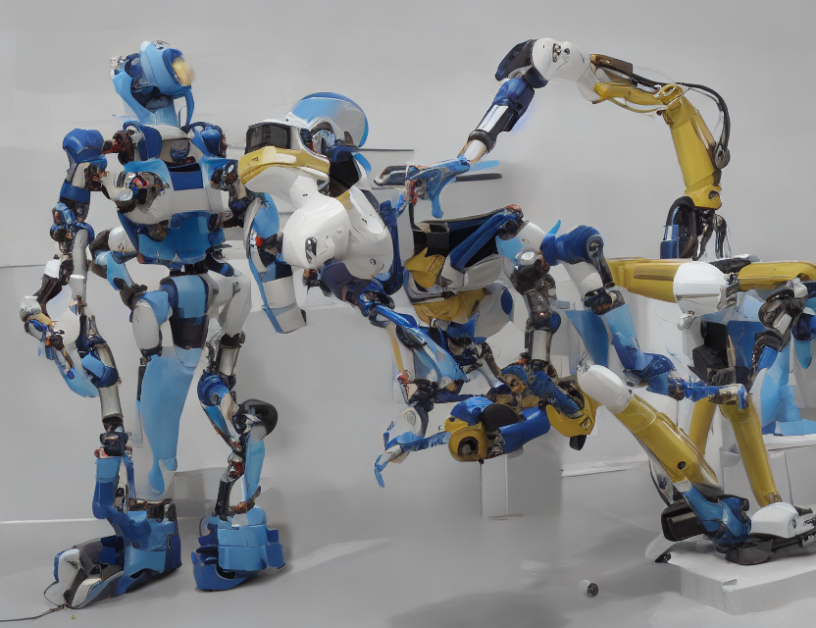Replanning is a crucial aspect of robotics, involving the creation of a new path for a robot to follow after encountering an obstacle or change in its environment. In this article, we will delve into the various approaches to replanning, including potential field-based methods, graph-based methods, sampling-based methods, and reinforcement learning-based methods.
Imagine you are driving a car on a winding road with obstacles scattered along the way. Replanning helps your car navigate around these obstacles while staying on the correct path. Just like how you might take different routes to avoid potholes or traffic, replanning in robotics ensures that the robot avoids collisions and reaches its destination safely.
One challenge with replanning is the curse of dimensionality, which refers to the exponential increase in the amount of data required to represent a larger environment. This makes it difficult for robots to navigate complex environments. To overcome this challenge, sampling-based methods are commonly used, which randomly sample the search space to find a suitable path.
Another approach is reinforcement learning, which involves learning a policy to achieve a goal while avoiding collisions. While this method can learn from past experiences, it can be time-consuming and challenging to scale for unknown or unpredictable scenarios.
To address these challenges, the article proposes a pipeline for implementing and integrating new replanning algorithms into existing frameworks. This involves creating a child class of a replanner, defining a replan function, and sharing information between threads through shared data. By using sampling-based methods and avoiding the curse of dimensionality, replanning can efficiently navigate complex environments while ensuring collision avoidance.
In conclusion, replanning is an essential aspect of robotics that enables robots to adapt to changing environments and avoid collisions. By understanding the different approaches to replanning, including potential field-based methods, graph-based methods, sampling-based methods, and reinforcement learning-based methods, we can develop more efficient and effective robots for various applications.
New Replanning Algorithm for Robotics: A Comprehensive Review



